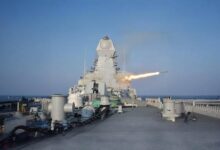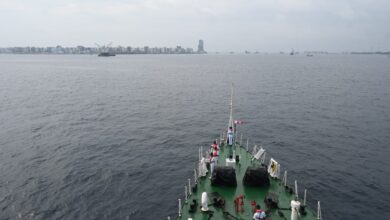China PLA’s Plans to Deploy Robotic Dogs: A New Era in Warfare
China’s People’s Liberation Army (PLA) has unveiled plans to deploy robotic dogs as part of its military exercises with Cambodia, marking a significant development in the use of autonomous systems in warfare. The robotic dogs, equipped with automatic rifles, are designed for reconnaissance, surveillance, and potentially, remote engagement.
In a recent live-fire combat drill, the robotic dog took point position as soldiers breached a door in a simulated raid, demonstrating its capabilities in complex terrain and high-pressure situations. The robot’s remote-controlled operation and long battery life make it an attractive asset for military operations, as it can bear ammunition and medical supplies, and potentially even conduct search and rescue missions.
The deployment of robotic dogs signifies a new era in warfare, where autonomous systems could potentially take center stage. China’s plans to deploy these robots in Southeast Asia have raised concerns in the United States, as China continues to expand its influence in the region.
China’s use of drone technology has also been making headlines, with drones being used to circumnavigate Taiwan and deployed in the South China Sea and the East China Sea for years. The integration of robotic dogs and drones could potentially create a formidable force, with the ability to conduct complex operations with minimal human intervention.
While the use of autonomous systems in warfare raises ethical concerns, it also presents opportunities for enhanced military capabilities and reduced risk to human life. As the development and deployment of robotic dogs and other autonomous systems continue, it is crucial for governments and international organizations to establish clear guidelines and regulations for their use.
In conclusion, China PLA’s plans to deploy robotic dogs mark a significant development in the use of autonomous systems in warfare. As the landscape of modern warfare continues to evolve, it is essential to consider the implications and potential consequences of this new era in warfare.







